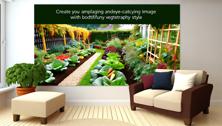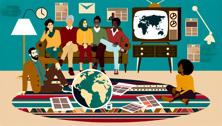Understanding Your Child's Developmental Stage
The first step in determining the best reading material for your child is understanding their developmental stage. Different age groups have unique cognitive abilities and interests, which should be considered when selecting books.,For infants and toddlers (0 to 2 years old), board books with bright colors and simple, repetitive text are ideal. These books help develop their language skills and stimulate their senses.,Preschoolers (3 to 5 years old) are usually curious and eager to learn. Picture books with engaging illustrations and simple stories are perfect for this age group. Look for books that introduce basic concepts and encourage imagination.,As children enter elementary school (6 to 11 years old), they develop stronger reading skills and begin to explore different genres. Encourage them to read chapter books, series, and non-fiction books that align with their interests.,Teenagers (12 to 18 years old) have more diverse reading preferences. They may enjoy young adult novels, classics, or books that explore social issues. Allow them to choose their own reading material, while also discussing and recommending books that align with their values.
Considering Your Child's Interests
In addition to their age, your child's interests play a crucial role in determining the best reading material. Consider their hobbies, favorite subjects in school, and any specific topics they are curious about.,If your child loves animals, books about animals or nature could captivate their attention. For a child interested in science, books about space or experiments could fuel their curiosity.,Don't be afraid to step outside of their comfort zone and introduce them to new genres or subjects. Encourage them to explore different types of books and discover new interests.,To involve your child in the selection process, take them to the library or bookstore and allow them to browse different sections. Let them choose books that catch their eye and pique their interest.,Remember that children's interests may change over time, so periodically reassess their preferences and adjust their reading material accordingly.
Conclusion
Selecting the best reading material for your child involves considering their age and interests. By understanding their developmental stage and personal preferences, you can guide them towards books that are both enjoyable and beneficial for their growth. Encourage a love for reading by providing a variety of books and fostering a supportive reading environment.









